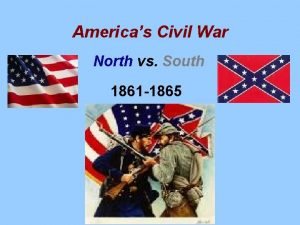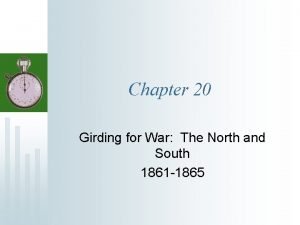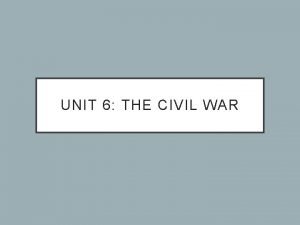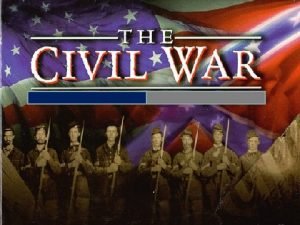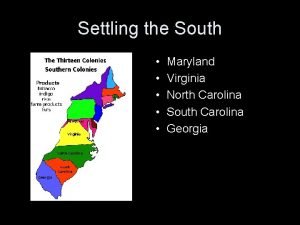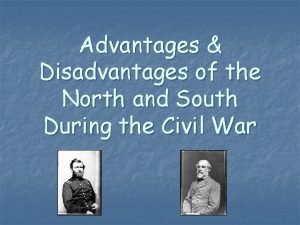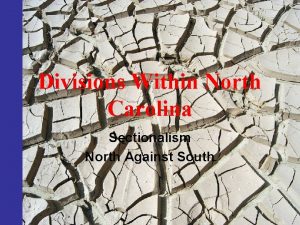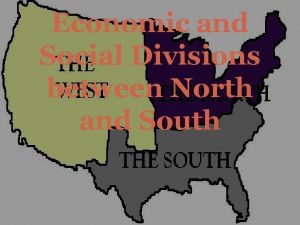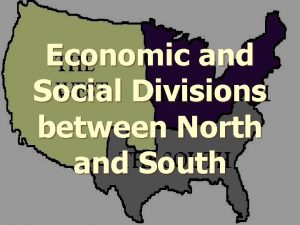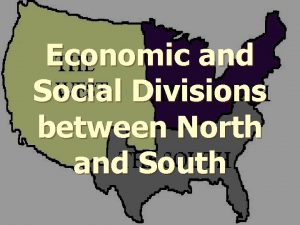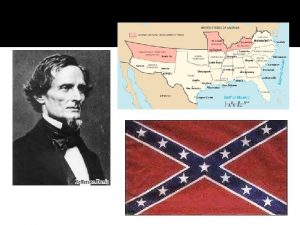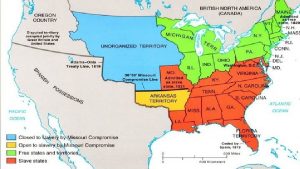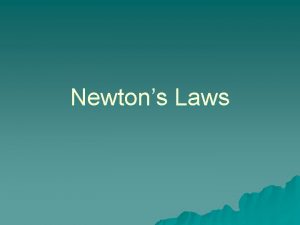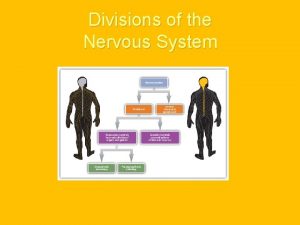Divisions over the war The North and South












- Slides: 12

Divisions over the war The North and South both experienced dissent over the war. Dissent is when a person or a group of people have an opposing view point of a larger group.

Division in the South • Many Southerners were against secession. • Many southerners that didn’t own slaves did not feel that they would benefit from the war. • States rights …. Some southern states objected to the Confederate government imposing enlistment quotas on states. South Carolina’s governor objected to officers from other states leading South Carolina troops.

Division in the North • Many opposed the Emancipation Proclamation. • Some believed that the South had the right to secede. • Northern Democrats blamed Lincoln for starting the war. They were strongest in Ohio, Indiana, and Illinois. • They were called Copperheads.

Copperheads are poisonous snakes.

1. 2. 3. 4. Identify the characters in this cartoon. Do you think the cartoonist is a Democrat or a Republican? Do you think the cartoonist is for or against the war? What is the cartoonist, s opinion of Copperheads? (northern Democrats)

Draft Laws • Draft- required military service • Due to high casualties and high desertion rates both side established a draft.

Draft Laws • South • April 1862 • Men 18 to 35 for three years • Later men 18 to 50 were eligible • North • 1863 • 20 to 35 were required to serve

“A Rich Mans War and a Poor Man’s fight” Exceptions to the draft on both sides allowed wealthy people to avoid fighting. • Southerners that owned more than twenty slaves did not have to fight or serve. • Southerners could buy substitutes. • Northerners could hire a replacement for $300. • This was about a years wage for the average factory worker.

New York Draft Riots Violence over drafts laws erupts in 1863. Laborers and factory workers Rioted for days and attack wealthy men and African Americans. Why would wealthy men and African Americans be targets?

War and Economic Strains • • War took its toll economically. Shortage of workers due to draft. $. 12 to $8 The first income tax was enacted. Printed Money =Inflation 80% in the North South was affected more. Shoes went from $18 to $800. Beef 12 cents to $8. $18 to $800

Women in the Civil War • At least 400 women disguised themselves as men and fought in the war. • As in other wars they took over all the responsibilities of men at home. • Many women became nurses and school teachers, two professions that were largely held by Men

Clara Barton served as a nurse during the war and then went on to form the American Red Cross.
 Chapter 14 lesson 1 the industrial north
Chapter 14 lesson 1 the industrial north North and south states civil war
North and south states civil war Us north vs south
Us north vs south Chapter 20 girding for war the north and the south
Chapter 20 girding for war the north and the south Causes of civil war
Causes of civil war North vs south civil war
North vs south civil war Anaconda plan
Anaconda plan Lines that run from north to south but measure is and west
Lines that run from north to south but measure is and west Maryland virginia north carolina south carolina and georgia
Maryland virginia north carolina south carolina and georgia North and south advantages and disadvantages
North and south advantages and disadvantages North and south strengths and weaknesses chart
North and south strengths and weaknesses chart South west asia and north africa map
South west asia and north africa map Angular distance north and south of the equator
Angular distance north and south of the equator


